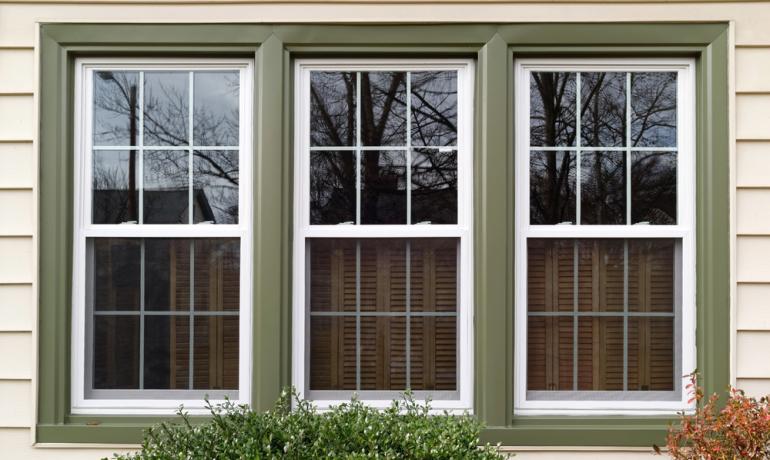
Posted January 03, 2024
Adding tint to your home windows can significantly boost privacy, cut down glare, and enhance energy efficiency. When considering window tinting, here are key tips to keep in mind:
- Selecting the Right Tint: Various residential tinting films are available, like reflective, dyed, and ceramic. Reflective tints are excellent for heat rejection but may not align with all design preferences.
- Dyed tints are budget-friendly but less effective in heat reduction. Ceramic tints balance heat rejection and visibility well, though they are pricier. Choose one that aligns with your requirements and budget.
- Understanding Local Regulations: Ensure you're aware of local laws related to window tinting. These regulations often dictate the permissible darkness and reflectiveness, particularly for front-facing windows, to maintain safety standards.
- Preparation is Key during Window Treatment: Thoroughly clean your windows before applying tint. Any residue can hinder the adhesive's effectiveness and impact the tint's appearance. Use a non-ammonia cleaner and a lint-free cloth for cleaning.
- Get the necessary tools for professional installation: squeegee, knife, heat gun or hair dryer, spray bottle with soapy water, and lint-free cloth. These assist in the installation process.
- Accurate Measurement and Cutting: Measure your windows precisely and cut the film slightly larger than needed. It's simpler to trim excess film than to compensate for a shortfall.
- Applying Window Tint: Spray the home window with the soapy water mixture before applying the tint. This allows repositioning of the film. Carefully apply the film, smoothing out bubbles with a squeegee, working from the center outward.
- Trimming the Edges: After application, trim any excess film carefully with a utility knife, avoiding glass damage.
- Ensuring Proper Adhesion: Use a low-setting heat gun or hair dryer to gently heat the film post-application. This enhances adhesion and helps eliminate air bubbles.
- Allow Drying Time: The tint adhesive needs time to dry completely. Avoid window operations for a few days post-application and soon you'll be on your way to fully enjoying the benefits of reducing glare, blocking heat, security film enhancement, and protecting against harmful UV rays, etc.
- Maintenance Tips: Use gentle cleaners and soft cloths for cleaning tinted home windows. Avoid abrasive materials that could damage the material and affect the window tint film.
Conclusion
While DIY window tinting your solar film for home windows may seem tempting, entrusting your residential window tinting project to professionals like Atlantic Sun Control guarantees optimal results.
Our seasoned technicians ensure flawless application, maximizing the window tint's performance and lifespan.
With expert installation, you'll enjoy enhanced comfort, energy savings, and lasting peace of mind, knowing your investment is protected.
Don't settle for anything less than perfect – contact Atlantic Sun Control today for a superior window tinting experience.
Back to Main |
Share

